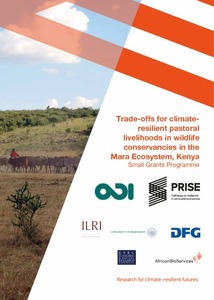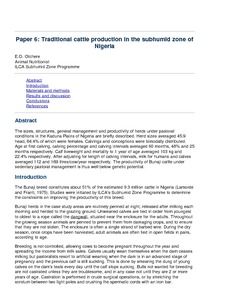Using Coupled Simulation Models to Link Pastoral Decision Making and Ecosystem Services
Historically, pastoral people were able to more freely use the services their semi-arid and arid ecosystems provide, and they adapted to changes in ways that improved their well-being. More recently, their ability to adapt has been constrained due to changes from within and from outside their communities. To compare possible responses by pastoral communities, we modeled ecosystem services and tied those services to decisions that people make at the household level.









